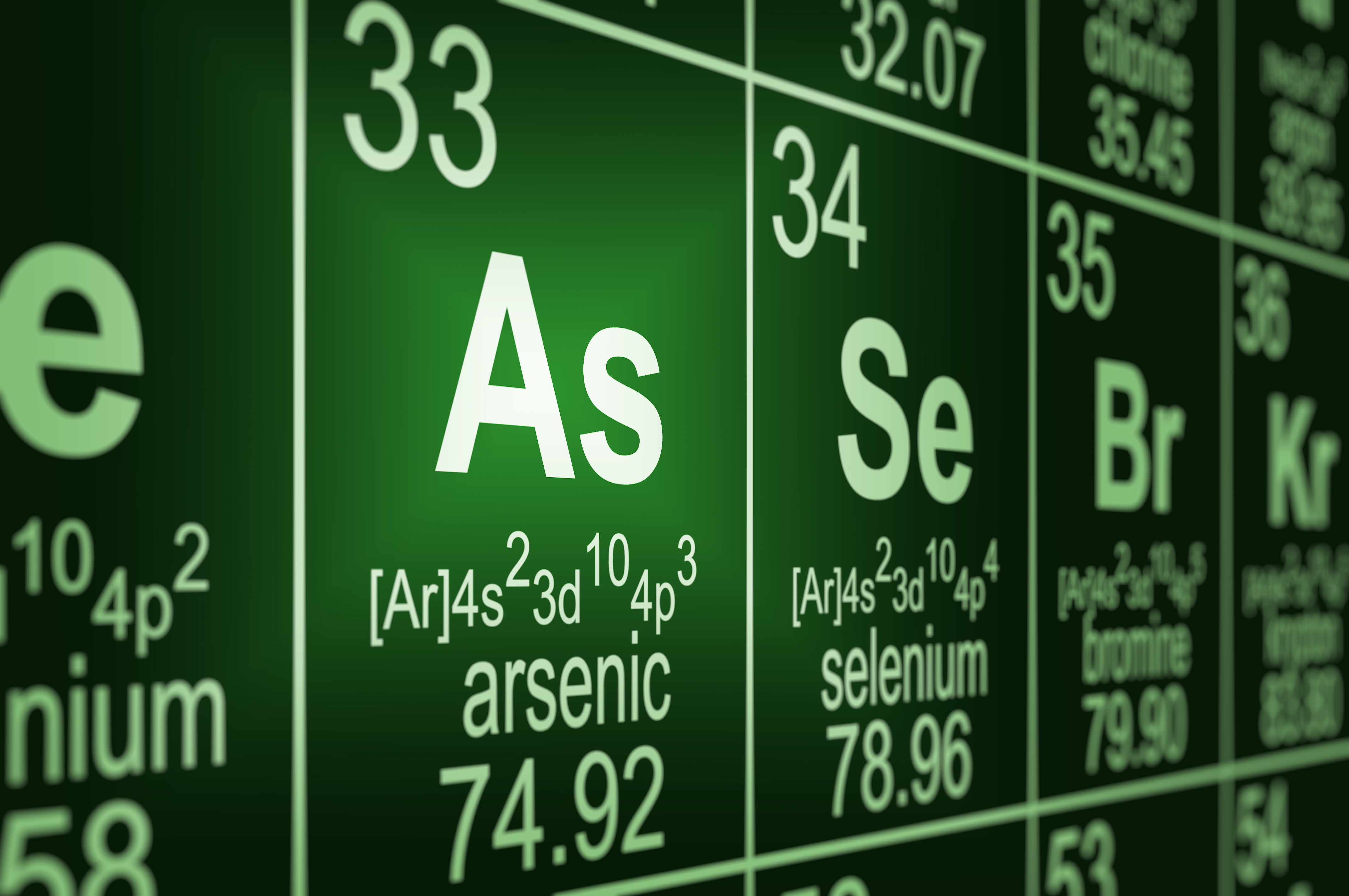Much of life on planet Earth today relies on oxygen to exist, but before oxygen was present on our blue planet, lifeforms likely used arsenic instead. These findings are detailed in research published today in Communications Earth and Environment.
A key component of the oxygen cycle is where plants and some types of bacteria essentially take sunlight, water, and CO2, and convert them to carbohydrates and oxygen, which are then cycled and used by other organisms that breathe oxygen. This oxygen serves as a vehicle for electrons, gaining and donating electrons as it powers through the metabolic processes. However, for half of the time life has existed on Earth, there was no oxygen present, and for the first 1.5 billion years, we really don’t how these systems worked, says lead author of the study and UConn Professor of Marine Sciences and Geosciences Pieter Visscher.
Light-driven, photosynthetic organisms appear in the fossil record as layered carbonate rocks called stromatolites dating to around 3.7 billion years ago, says Visscher. Stromatolite mats are deposited over the eons by microbial ecosystems, with each layer holding clues about life at that time. There are contemporary examples of microbes that photosynthesize in the absence of oxygen using a variety of elements to complete the process, however it’s unclear how this happened in the earliest life forms.
Theories as to how life’s processes functioned in the absence of oxygen have mostly relied on hydrogen, sulfur, or iron as the elements that ferried electrons around to fulfill the metabolic needs of organisms.
As Visscher explains, these theories are contested; for example, photosynthesis is possible with iron, but researchers do not find evidence of that in the fossil record before oxygen appeared some 2.4 billion years ago. Hydrogen is mentioned, yet the energetics and competition for hydrogen between different microbes shows it is highly unfeasible.
Arsenic is another theoretical possibility, and evidence for that was found in 2008. Visscher says the link with arsenic was strengthened in 2014 when he and colleagues found evidence of arsenic-based photosynthesis in deep time. To further support their theory, the researchers needed to find a modern analog to study the biogeochemistry and element cycling.
Finding an analog to the conditions on early Earth is a challenge for a number of reasons, besides the fact that oxygen is now abundant. For instance, the evidence shows early microbes captured atmospheric carbon and produced organic matter at a time when volcanic eruptions were frequent, UV light was intense in the absence of the ozone layer, and oceans were essentially a toxic soup.
Another challenging aspect of working within the fossil record, especially those as ancient as some stromatolites, is that there are few left due to the cycling of rock as continents move. However, a breakthrough happened when the team discovered an active microbial mat, currently existing in the harsh conditions in Laguna La Brava in the Atacama Desert in Chile.
The mats have not been studied previously but present an otherworldly set of conditions, like those of early Earth. The mats are in a unique environment which leaves them in a permanent oxygen-free state at high altitude where they are exposed to wild, daily temperature swings, and high UV conditions. The mats serve as powerful and informative tools for truly understanding life in the conditions of early Earth.
Visscher explains, “We started working in Chile, where I found a blood red river. The red sediments are made up by anoxogenic photosynthetic bacteria. The water is very high in arsenic as well. The water that flows over the mats contains hydrogen sulfide that is volcanic in origin and it flows very rapidly over these mats. There is absolutely no oxygen.”
The team also showed that the mats were making carbonate deposits and creating a new generation of stromatolites. The carbonate materials also showed evidence for arsenic cycling – that arsenic is serving as a vehicle for electrons — proving that the microbes are actively metabolizing arsenic, much like oxygen in modern systems. Visscher says these findings, along with the fossil evidence, gives a strong sense of the early conditions of Earth.
“Arsenic-based life has been a question in terms of, does it have biological role or is it just a toxic compound?” says Visscher.
That question appears to be answered: “I have been working with microbial mats for about 35 years or so. This is the only system on Earth where I could find a microbial mat that worked absolutely in the absence of oxygen.”
Visscher points out that an important tool they used to perform this research is similar to one onboard the Mars Perseverance rover, currently en route to Mars.
“In looking for evidence of life on Mars, they will be looking at iron and probably they should be looking at arsenic also.”
This work was supported by grants from NSF grant OCE 1561173, ISITE project UB18016-BGS-IS and the São Paulo Research Foundation FAPESP, grant 2015/16235-2. You can also find out more about this work in The Conversation.



